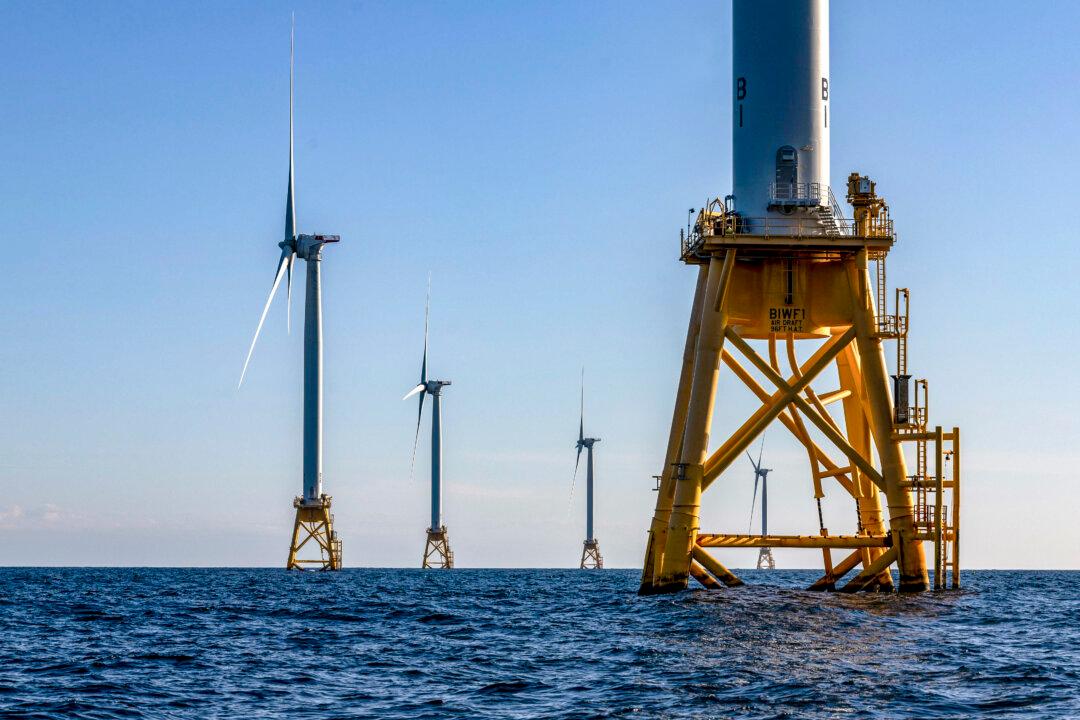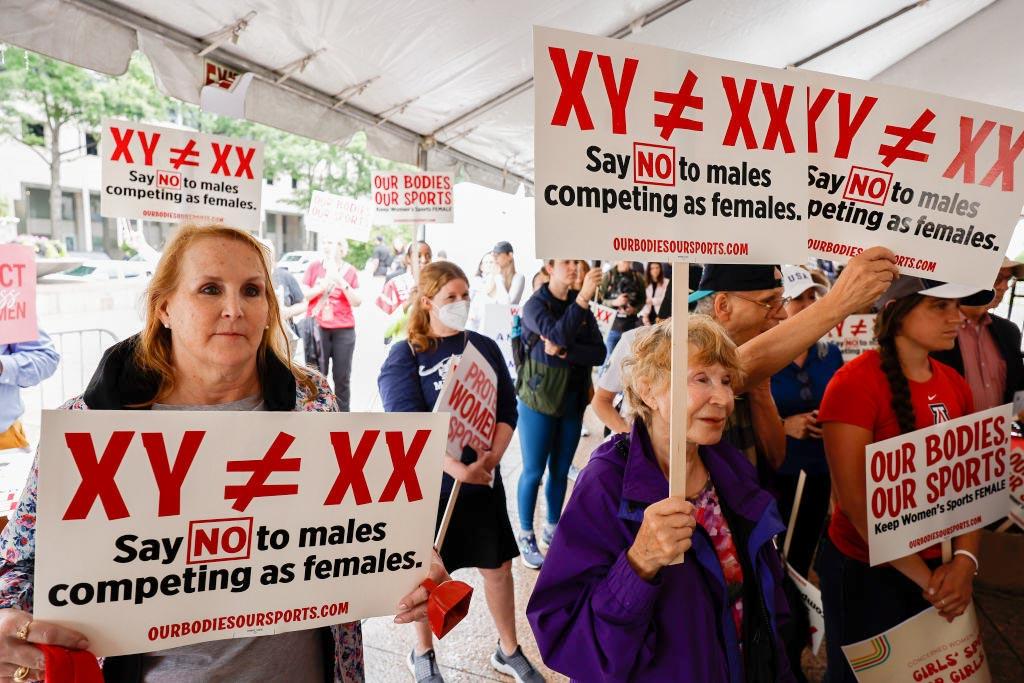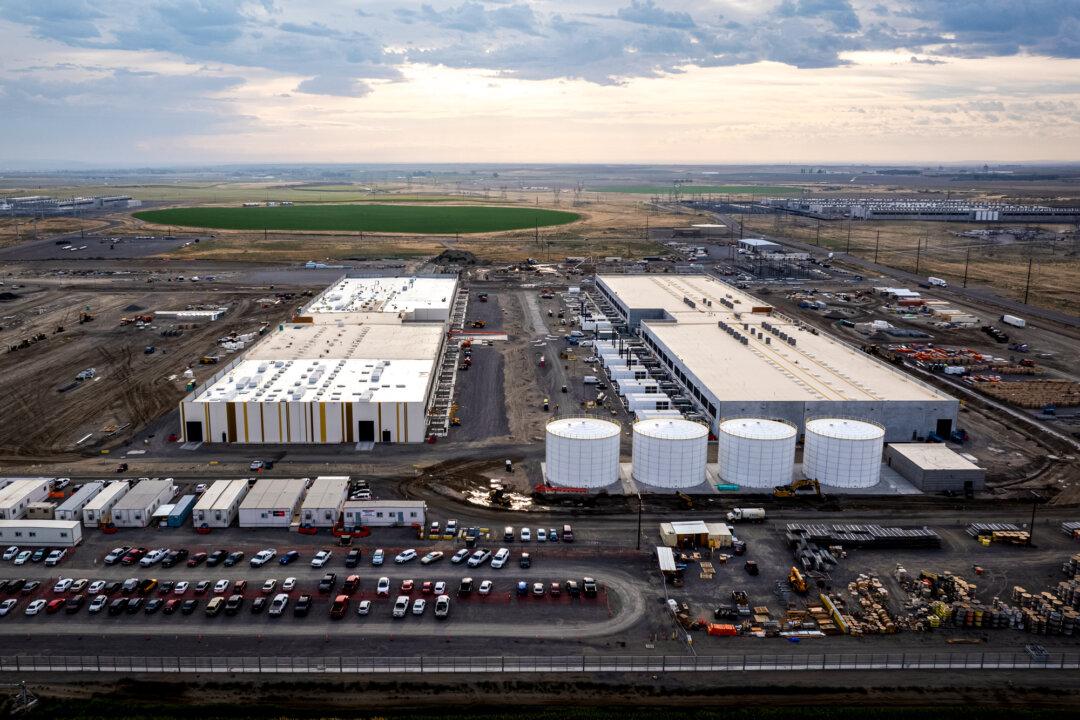President Donald Trump ordered a halt to new leases and permits for wind projects on his first day back in the White House.
In addition to temporarily suspending leases in the outer continental shelf, his executive order mandates a comprehensive environmental and economic review of the federal government’s leasing and permitting practices for all wind projects on federal lands and in federal waters.





